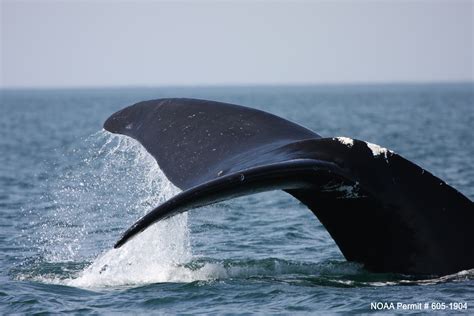
the staff of the Ridgewood blog
Ocean City NJ, Government-hired conservationists work on behalf of the offshore wind industry and we should be surprised they find no connection between their work and whale deaths? Another reason not to believe Governor Phil Murphy. Check out the new documentary.
Michael Shellenberger, “The wind industry says it isn’t killing whales, but it is. New boat traffic is colliding with whales. And high-decibel sonar is separating whale mothers from their calves, sending them into harm’s way. Our new documentary, which lays out the evidence, is now free to watch.”
The precautionary principle is a broad epistemological, philosophical and legal approach to innovations with potential for causing harm when extensive scientific knowledge on the matter is lacking. It emphasizes caution, pausing and review before leaping into new innovations that may prove disastrous.
The North Atlantic right whale (Eubalaena glacialis) faces several significant risks and conservation challenges due to a history of whaling and ongoing threats from human activities. Because of their docile nature, their slow surface-skimming feeding behaviors, their tendencies to stay close to the coast, and their high blubber content, right whales were once a preferred target for whalers. Some of the key risks to the North Atlantic right whale include:
- Entanglement in Fishing Gear: One of the most pressing threats to North Atlantic right whales is entanglement in fishing gear, such as lobster and crab traps, gillnets, and fishing lines. These large whales can become ensnared in fishing gear, which can lead to injuries, stress, and even death.
- Ship Strikes: Collisions with vessels, particularly large ships, pose a significant risk to North Atlantic right whales. These collisions can result in injuries and fatalities, as the whales are often slow-moving and may not detect oncoming vessels in time to avoid them.
- Habitat Degradation: Human activities, including coastal development, shipping, and offshore energy exploration, can disrupt the habitat of North Atlantic right whales. This disruption can affect their feeding and breeding grounds, potentially reducing their reproductive success.
- Climate Change: Climate change can have indirect impacts on North Atlantic right whales by altering the distribution and availability of their prey species, such as zooplankton. Changes in ocean temperature and circulation patterns can affect the whales’ food sources.
- Noise Pollution: Underwater noise pollution from shipping, industrial activities, and military exercises can disrupt North Atlantic right whales’ communication, navigation, and feeding behaviors. This can lead to stress and displacement from important habitats.
- Small Population Size: The North Atlantic right whale population is small and has been declining in recent years. A small population size increases the risk of genetic problems and reduces the overall resilience of the species.
- Low Reproductive Rate: North Atlantic right whales have a low reproductive rate, with females typically giving birth to a single calf every few years. This makes the population particularly vulnerable to threats because it can take a long time for the population to recover from losses.
- Historical Whaling: While whaling of North Atlantic right whales is no longer a significant threat, the historical impact of commercial whaling on their populations has left a legacy of reduced genetic diversity.
Tell your story #TheRidgewoodblog , #Indpendentnews, #information, #advertise, #guestpost, #affiliatemarketing,#


